Schengen Flights Within Europe: Logistics Explained
The logistics surrounding travel can be complicated, especially when it comes to traveling internationally. In this post, I want to talk a bit about the Schengen Area, and the implications of this for travelers. I know that for some people, this will be super obvious, but for others, it can be quite confusing.

The logistics surrounding travel can be complicated, especially when it comes to traveling internationally. In this post, I want to talk a bit about the Schengen Area, and the implications of this for travelers. I know that for some people, this will be super obvious, but for others, it can be quite confusing.
The basics of Europe’s Schengen Area
Within Europe, there are 29 countries that are part of the Schengen Agreement (named after the town in Luxembourg). The practical implications here are that there are no passport checks or border controls when moving between these countries.
The 29 countries belonging to the agreement include Austria, Belgium, Bulgaria, Croatia, Czech Republic, Denmark, Estonia, Finland, France, Germany, Greece, Hungary, Iceland, Italy, Latvia, Liechtenstein, Lithuania, Luxembourg, Malta, Netherlands, Norway, Poland, Portugal, Romania, Slovakia, Slovenia, Spain, Sweden, and Switzerland.
There are some exceptions to this list, particularly where a territory is an island that does not share a border with another Schengen country, such as the Faroe Islands for Denmark, or the Azores for Portugal.
There are also three European countries that do not participate in the Schengen Agreement but still have open borders to their surrounding countries. These include Monaco, San Marino, and Vatican City.
The Schengen Area should not be confused with countries belonging to the European Union, or countries using the Euro (yes, confusing, I know!). It’s important to note that:
- While there’s a lot of overlap between the Schengen Area and the European Union, there’s not full overlap; Cyrus and Ireland belong to the European Union, but not to the Schengen Area
- While most Schengen Area countries use the Euro as their currency, that’s not the case with all countries; countries like Iceland and Switzerland have separate currencies
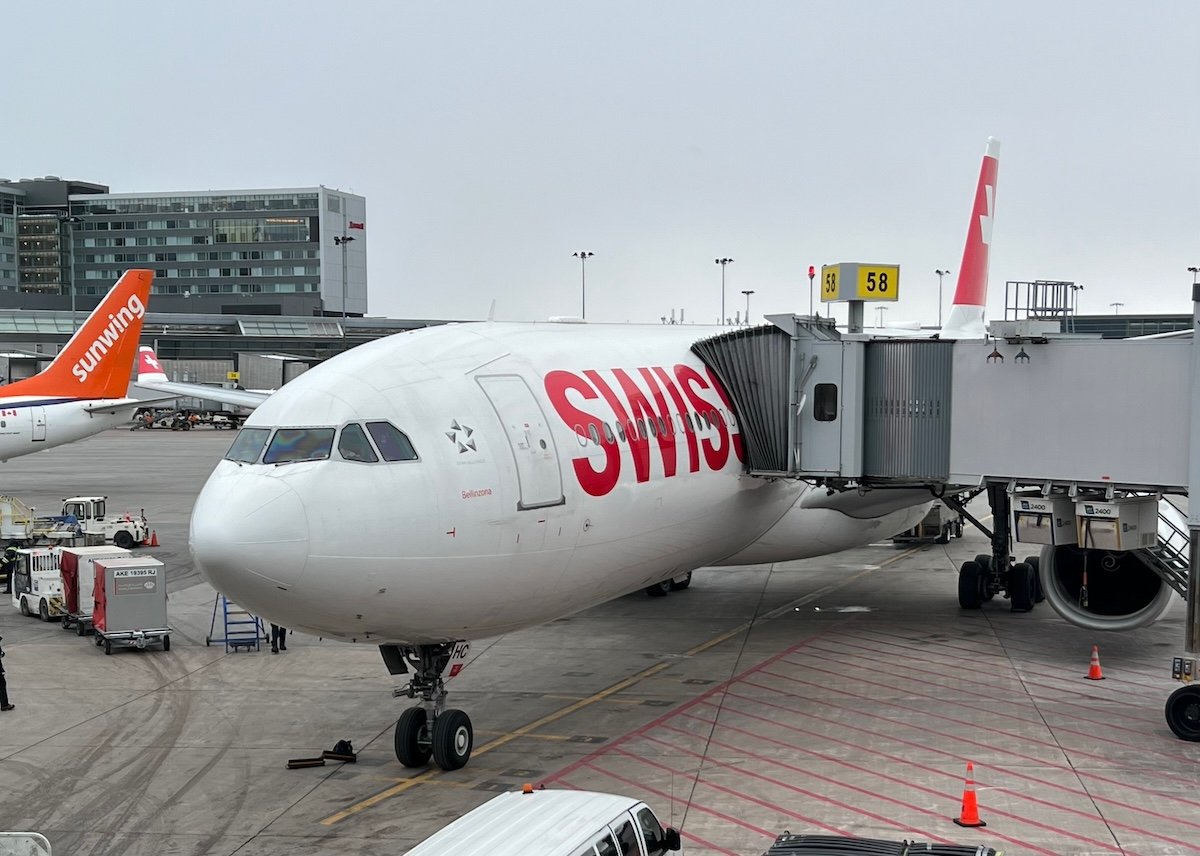
Why the Schengen Area matters when traveling
If you’re traveling by air, how does the existence of the Schengen Area impact your travel experience?
If you’re traveling on a flight between the non-Schengen Area and Schengen Area, it’s no different than an international flight anywhere in the world. In other words, if you’re arriving in Frankfurt, you have to go through passport control, whether you are landing from Delhi or Dublin (since both are non-Schengen Area places).
This means that there will be passport checks, you may need proof of onward travel, in some situations visas may be required, etc. It’s also worth emphasizing that the Schengen Area has passport checks on departure as well (unlike when departing the United States). This means that if you’re traveling from Frankfurt to Paris to Los Angeles, you’d have to go through the Schengen Area passport control in Paris, as that’s the point where you’re exiting the Schengen Area.
Major hubs in the Schengen Area also often allow sterile transit, whereby you don’t enter the Schengen Area. This could be useful if you’re traveling between two non-Schengen Area airports via a Schengen Area airport (like flying from New York to Dubai via Paris).
The huge benefit to travelers, meanwhile, is when moving within the Schengen Area, whether it’s by plane, train, or car. There’s no inbound or outbound passport control, so you can freely move between countries. Think of it almost like taking a domestic flight within another country.
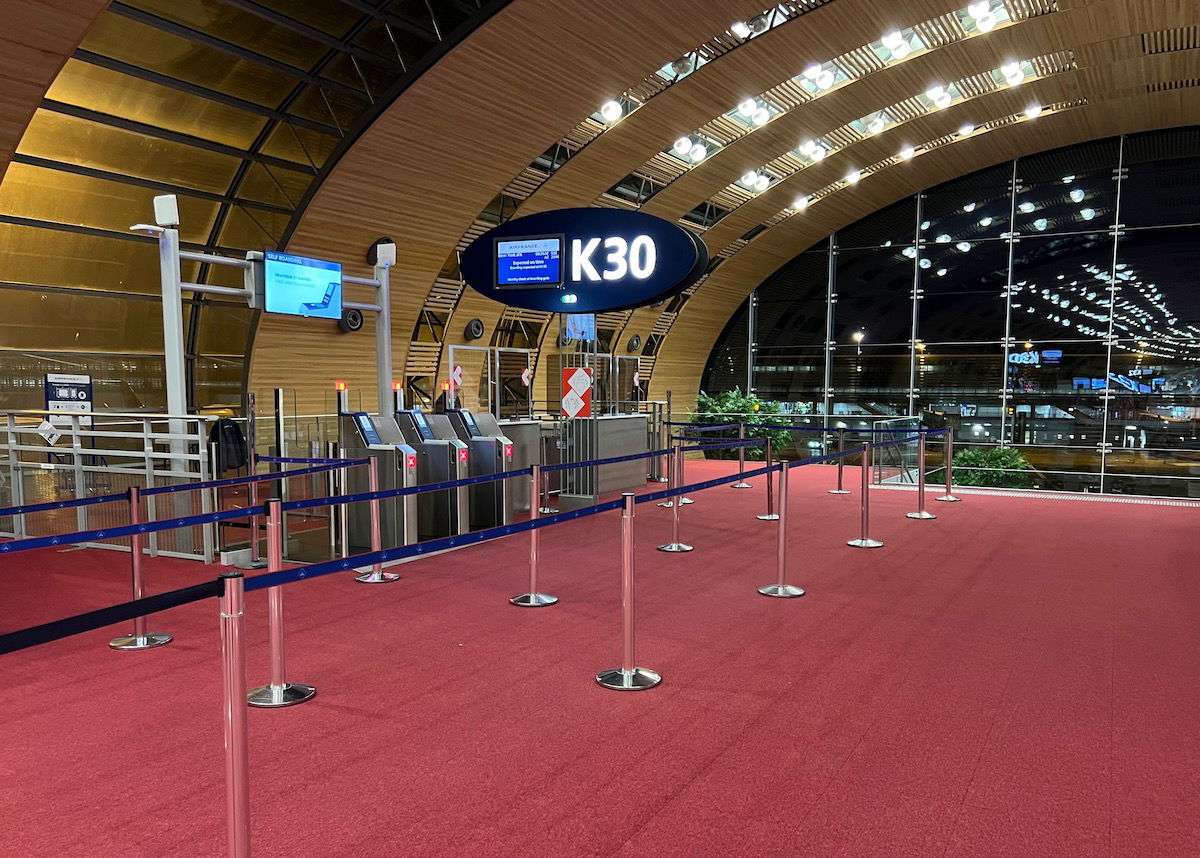
The Schengen Area can also impact lounge access
While this is admittedly pretty niche, it’s also worth mentioning the Schengen Area in the context of airport lounge access. At larger airports, you’ll often find that there are lounges in both the Schengen Area, and in the non-Schengen Area.
When visiting lounges, you’ll want to keep track of whether you’re in the Schengen Area or non-Schengen Area:
- If you’re visiting a lounge in the Schengen Area but are departing on a flight from the non-Schengen Area, just remember to save enough time for passport control; at some airports that’s fast, and at other airports it takes a lot of time
- Sometimes lounges will restrict access to those departing from that zone; for example, some lounges in the non-Schengen Area may not welcome guests with flights departing from the Schengen Area, so check the rules for the lounge you’re visiting
- While there’s some variability, I find that immigration officers usually don’t have an issue with moving between the two zones, even if it’s just for lounge access; if they ask, just explain what you’re trying to do

Bottom line
The Schengen Area is a handy concept for travelers, as it allows free movement within 29 European countries, in a similar way to what you’d usually get when traveling domestically. While there’s a lot of overlap between the Schengen Area and the European Union, there’s not full overlap.
Hopefully the above is a good basic rundown of what to expect when traveling to, through, or within the Schengen Area. If I missed anything, please let me know.
What has your experience been with Schengen Area travel?



































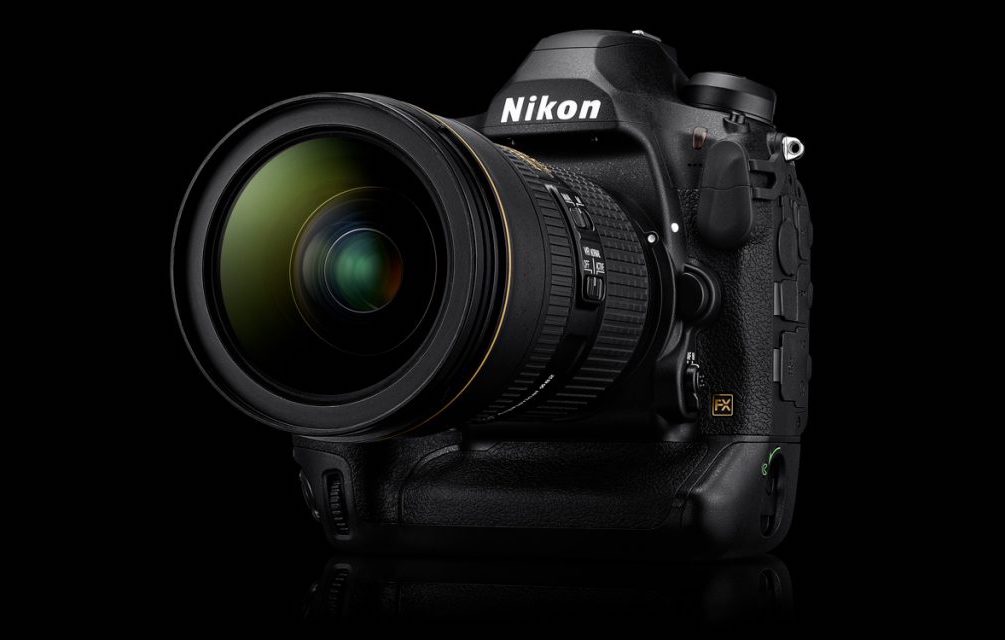
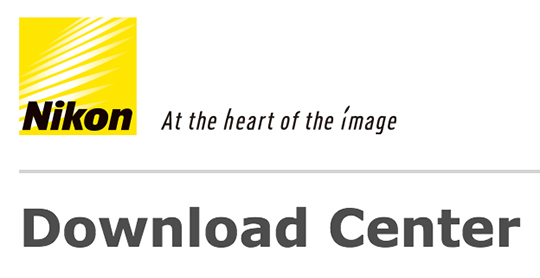























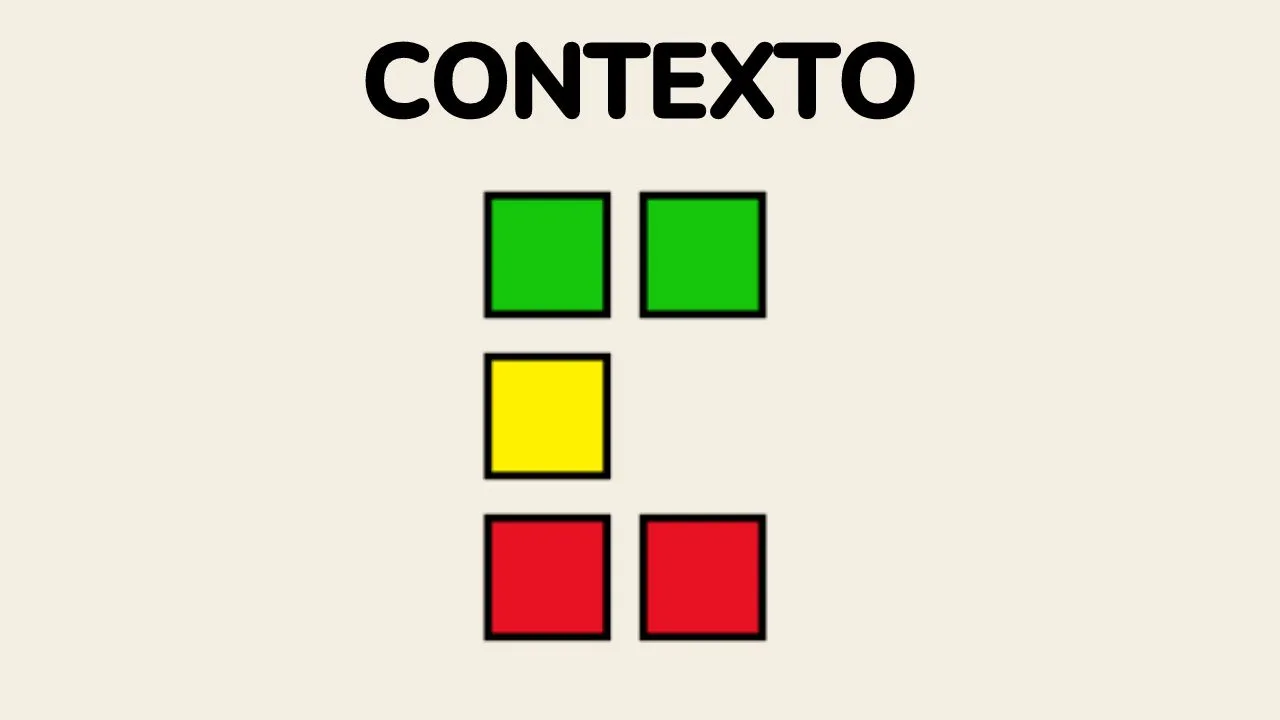


-Classic-Nintendo-GameCube-games-are-coming-to-Nintendo-Switch-2!-00-00-13.png?width=1920&height=1920&fit=bounds&quality=70&format=jpg&auto=webp#)






























































































































































































